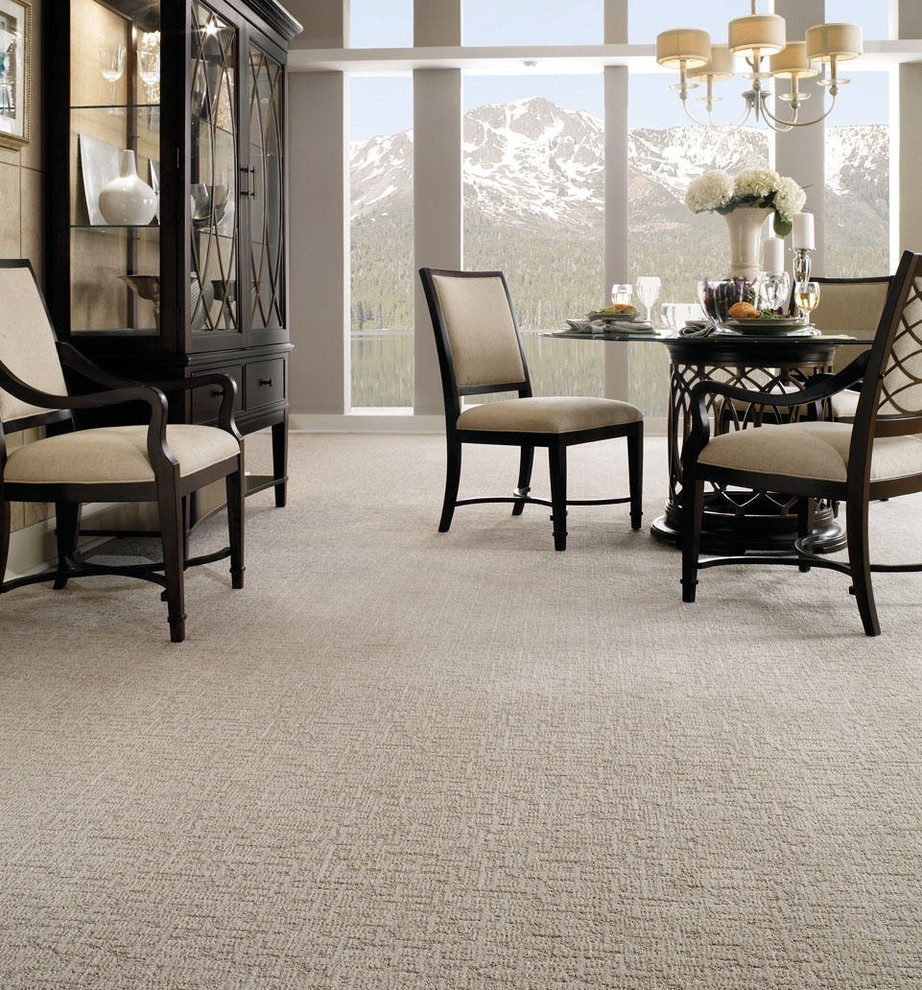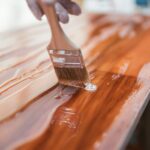Houses can be pretty complicated to maintain. With all the exterior parts that a household has and all the rooms that exist within a house, the bathroom(s), the halls and the basement, homeowners have to invest a lot of money and spend a lot of time taking care of all of them. And to top it all off (literally), there is the loft and the issue of its insulation.
Sloping Roof Manner
The first thing on which he whole insulation process depends is the type of the roof you need to deal with. In case of a sloping (aka pitched) roof, you have to place the insulation layers so that they follow the slopes. It is called warm roof, since the loft space between the sloping roof and the horizontal deck remains cool in summer and warm in the winter period, thanks to the near-tiles insulation that protects the loft from losing the heat coming from the house (in winter) and prevents the heat from the outside from heating it (in summer).
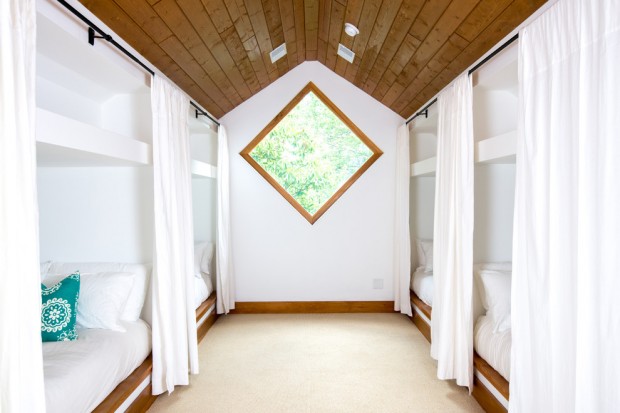
Image via Houzz
Horizontal Roof Insulation
When the top-story deck is the place where you want to install the insulation materials, it is called flat roof insulation. There are three ways of doing it. In the first one, insulation goes above the deck, which then forms warm roof. The second one has insulation placed below the deck, also called cold roof, because the loft space remains cold in winter and warm in summer (and also inappropriate for storing things). Finally, the third option is placing insulation on the weather-protective layer. It all depends on the homeowners’ decision to allow or not the heat from the rest of the home come up to the loft.

Image via Houzz, Darren Setlow Photography
Seek Help for Financing
Dealing with insulation on your own is very often hard to perform, since you have to cover a lot of expenses at the same time. While the best strategy would be saving for that particular purpose and then start with the loft insulation works only when you collect enough money, the reality is usually much different. Money comes and goes and it is very hard to save it for any particular purpose. However, today you can even find free insulation deals if you need financial help in making your home a truly energy-efficient place.
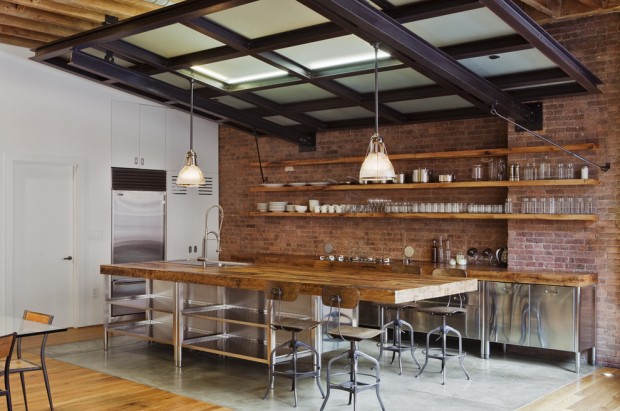
Image via Houzz, Photography by Eduard Hueber / archphoto
What about the Materials?
Nowadays the most used and efficient material for the under-roof insulation purposes are mineral of glass wool. They are fixed with wooden battens, which are put into the rafters throughout the roof. As an alternative to these two materials, some roof-maintaining pros go for polystyrene slabs.
When it comes to the insulation thickness, the current standard is from 250mm to 270 mm. Also, always check if the old insulation layers have to be removed and whether the new layers can only be added on top of it or the old stuff has to go out.
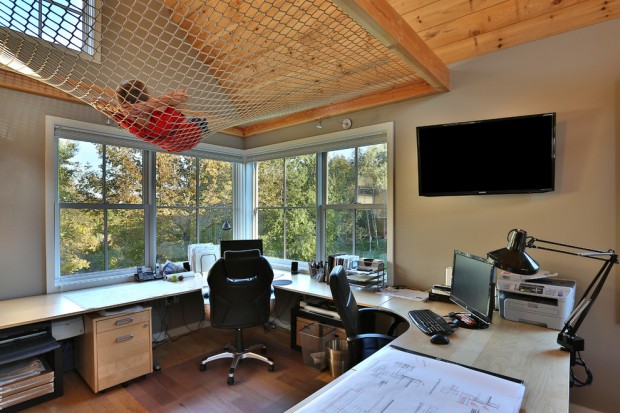
Image via Houzz, Jack Michaud Photography
Keep the Pipes
When insulating the loft, you have to be very careful about the water-supplying pipes in this area. If a pipe freezes and/or bursts due to low temperatures, it could cause terrible financial damage and ruin the new insulation you have just installed. To keep all that fuss away from your loft, always insulate not only the pipes, but also the tanks (if any), so that your entire home remains sealed and safe.

Image via Houzz
Roof is the weakest spot in a home in terms of energy efficiency. The amount of heat wasted through an un-insulated roof goes up to 25& of the overall amount of heat wasted in an average badly-insulated home. Protecting your loft in a proper way will reduce that loss and make you save more money, while at the same time reside in a warm and protected home.


